"Floating" a tile floor?
jewelisfabulous
9 years ago
Featured Answer
Sort by:Oldest
Comments (13)
geoffrey_b
9 years agojewelisfabulous
9 years agoRelated Professionals
Henderson Kitchen & Bathroom Designers · Magna Kitchen & Bathroom Designers · Ossining Kitchen & Bathroom Designers · Feasterville Trevose Kitchen & Bathroom Remodelers · Gilbert Kitchen & Bathroom Remodelers · Omaha Kitchen & Bathroom Remodelers · Sun Valley Kitchen & Bathroom Remodelers · Morton Grove Interior Designers & Decorators · Anchorage General Contractors · De Luz General Contractors · Hamilton Square General Contractors · Park Forest General Contractors · Pepper Pike General Contractors · Waianae General Contractors · Waipahu General Contractorsjellytoast
9 years agoweedyacres
9 years agoworthy
9 years agojewelisfabulous
9 years agogeoffrey_b
9 years agojellytoast
9 years agoworthy
9 years agojewelisfabulous
9 years agojellytoast
9 years agorenovator8
9 years ago
Related Stories
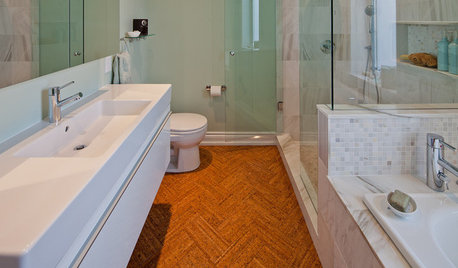
FLOORSWill Cork Float for Your Bathroom Floor?
Get the facts on advantages, disadvantages, costs and installation to see if a cork bathroom floor is right for you
Full Story
HOUZZ TOURSHouzz Tour: Industrial Floating Home in Seattle
A Seattle couple downsizes to a dreamy floating house on Lake Union, with a putting green, local artwork and an industrial aesthetic
Full Story
CONTEMPORARY HOMESHouzz Tour: Curves Ahoy! See a Unique Floating Home
It appeared on ‘Portlandia,’ but it doesn’t take a camera crew to see how special this home on a river is
Full Story
HOUZZ TOURSHouzz Tour: Big Bay Views Buoy a Seattle Floating Home
Two glass sides bring spectacular scenes into this newly industrial modern home on the water
Full Story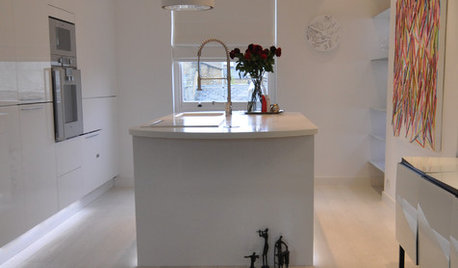
CONTEMPORARY HOMESHouzz Tour: Light, Art and a Floating Bed in a Chic London Flat
A Notting Hill apartment is opened up, drenched in white and furnished with clever pieces and the first-time homeowner’s DIY art
Full Story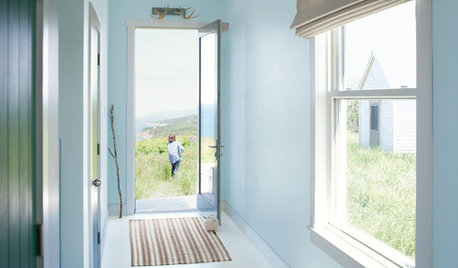
COLORBenjamin Moore Floats Breath of Fresh Air as Its Color of 2014
Touted as a new neutral, this baby blue can stand on its own or support bolder colors. Here's how to use it
Full Story
LANDSCAPE DESIGN8 Modern-Day Moats That Float Our Boats
See how a simple water barrier with ancient roots can make for an eye-catching contemporary garden feature
Full Story
BEDROOMSThe Floating Bed: Sleeping on Air
Remake your bedroom with the minimalist look of a bed that seems to float off the floor
Full Story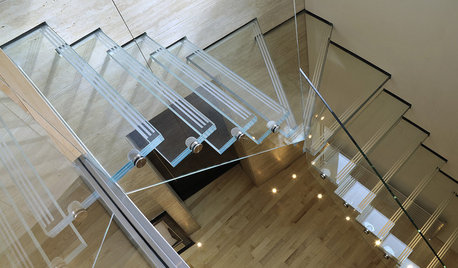
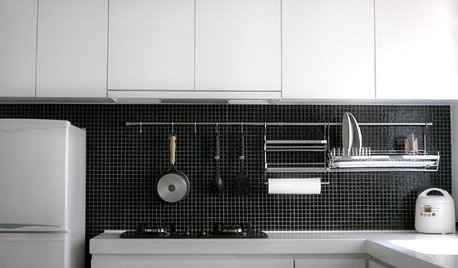
SMALL SPACESLift Off! Floating Features for Small Spaces
Take Furniture Off the Floor to Maximize a Home's Available Space
Full Story










jellytoast